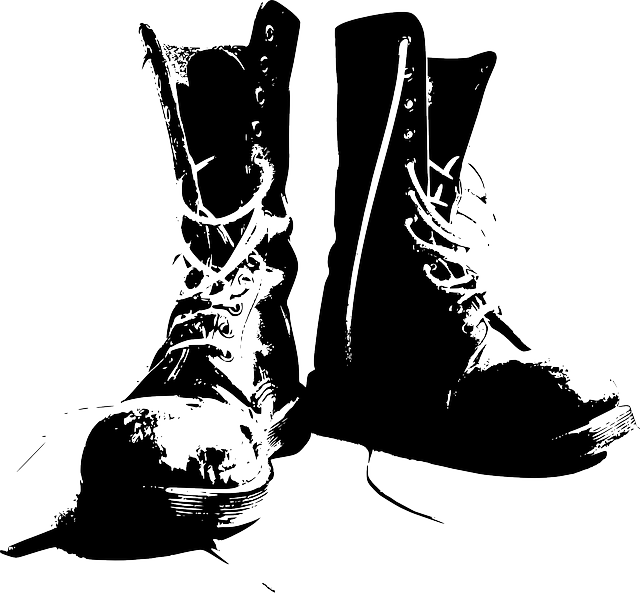
“Pull yourself up by your bootstraps”
IS NOT ADVICE.
It’s a reference to the absurd:
to doing something that is impossible.
Let’s start taking a realistic approach to veteran mental health.
Out of 5.8 million veterans
with mental health disorders,
only 30% got professional treatment
&
only 40% got Disability Compensation
2020 National Survey on Drug Use and Health, 2022 VBA Annual Benefits Report, Mental Health Care Use Among U.S. Military Veterans: Results From the 2019-2020 National Health and Resilience in Veterans Study)
Access the support that you deserve.
Learn more about the claim process and how to successfully receive the benefits you earned.
Access free resources for mental health treatment, financial assistance, housing, etc.
You may be eligible for VA disability benefits or compensation if:
You have a mental health disorder.
and
You served on active duty, active duty for training, or inactive duty training.
and
One of the following applies to you:
- Your mental health disorder began while serving in the military
- You have a physical illness or injury that occurred while serving in the military — and you can link that condition to your mental health disorder
- You had a mental health disorder before you joined the military—and serving made it worse
- Your mental health disorder didn’t appear until after you ended your service but it was caused by an event that occurred while serving in the military
VA Disability Benefits include monthly tax-free payments and free healthcare for your disability.
Granted, not every Veteran’s mental health diagnosis would be eligible. There is significant overlap between the typical age of a Service Member and the typical age of onset for mental disorders, though. That increases the likelihood that mental health symptoms would have started during the Veteran’s years of service.
Why Veterans Haven't Applied for VA Mental Health Disability Benefits:
I’ve talked to many Veterans who thought they had missed their window to apply for VA Disability Benefits. That’s not always the case.
Even if you’ve been out for decades, your Service Treatment Records (STRs) may provide documentation that you were experiencing mental health symptoms during service. That documentation can show the nexus (connection) between your current diagnosis and your time in service.
Other times, mental disorders are eligible as a secondary service-connected condition. A secondary service-connected condition is an injury or illness that is a result of one of your other service-connected conditions.
Learn more about primary vs secondary service-connection.
The VA has also changed some rules regarding PTSD claims over the last 10-15 years, so it is easier for Veterans to “make their case” regarding the in-service stressor events that led to their PTSD. Veterans who previously filed a PTSD claim that was denied are encouraged to reopen their claim under the revised rules.
Although military culture is (hopefully) improving regarding mental health awareness and stigma, many Veterans don’t readily identify their own symptoms of mental health disorders.
Learn more about mental health symptoms.
I hear so much guilt from Veterans about getting Disability Benefits:
You don’t want to take money away from other Veterans who need it “more” than you.
You don’t want to ask for a “handout”.
People will judge you, thinking you’re “stealing” from the Federal Government.
But here’s the thing: when you entered the military, you signed an agreement with the Federal Government. As part of that agreement, you each had obligations that you were expected to fulfill.
You were held liable for your part. The Federal Government expects to be held liable, too.
On the VA website, it reads, “Find out how to apply for and manage the Veterans disability benefits you’ve earned.”
You aren’t asking for a handout. You are collecting benefits that you have earned. That’s why it’s built into our Federal Budget. And that’s how there’s enough to go around.
Learn more about the claim process and how to successfully receive the benefits you earned.